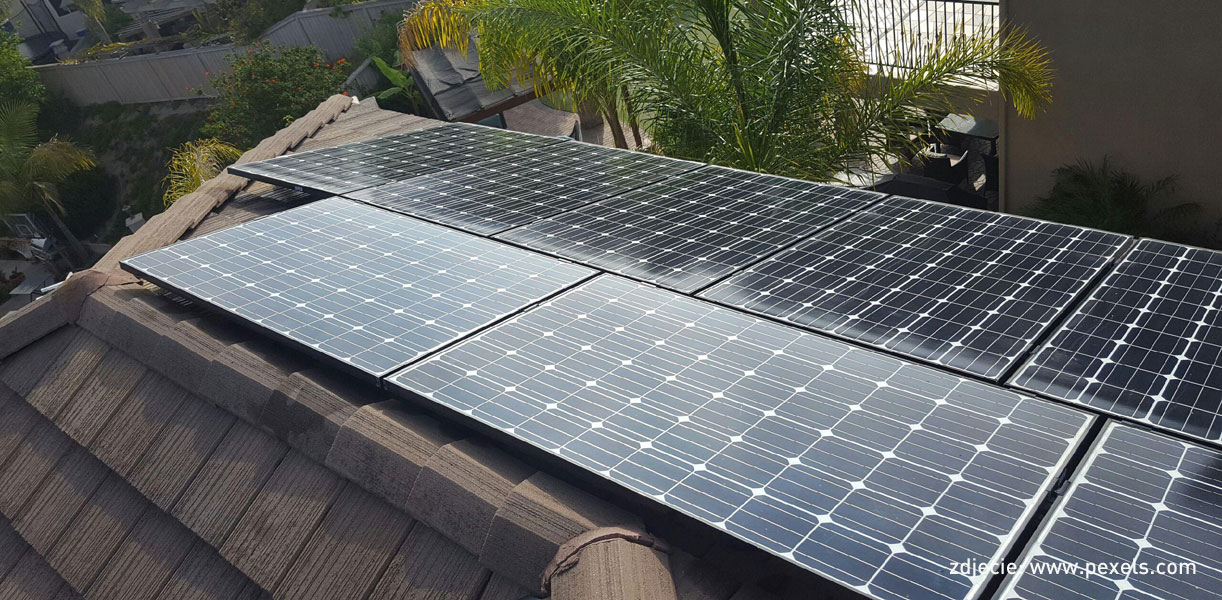The benchmark global LCOE for onshore wind is $55 per megawatt-hour, down 18% from the first six months of last year, while the equivalent for solar PV without tracking systems is $70 per MWh, also down 18%. Offshore wind’s LCOE is $118 per MWh in 1H 2018, down 5%.
BNEF’s latest report on the levelized costs of electricity, or LCOE, for all the leading technologies finds that fossil fuel power is facing an unprecedented challenge in all three roles it performs in the energy mix – the supply of “bulk generation”, the supply of “dispatchable generation” and the provision of “flexibility”.
In bulk generation, the threat comes from wind and solar photovoltaics, both of which have reduced their LCOEs further in the last year, thanks to falling capital costs, improving efficiency and the spread of competitive auctions around the world.
In dispatchable power – the ability to respond to grid requests to ramp electricity generation up or down at any time of day – the challenge to new coal and gas is coming from the pairing of battery storage with wind and solar, enabling the latter two ‘variable’ sources to smooth output, and if necessary, shift the timing of supply.
In flexibility – the ability to switch on and off in response to grid electricity shortfalls and surpluses over periods of hours – stand-alone batteries are increasingly cost-effective and are starting to compete on price with open-cycle gas plants, and with other options such as pumped hydro.
BNEF has been analyzing the numbers on levelized costs of electricity for the different technologies since 2009, based on its database of project financings and work by its analyst teams on the cost dynamics in different sectors.



